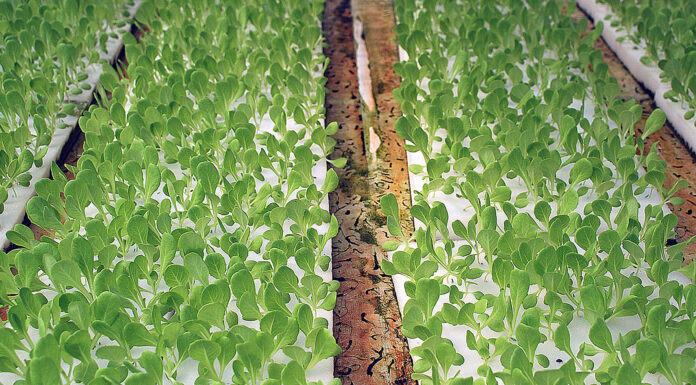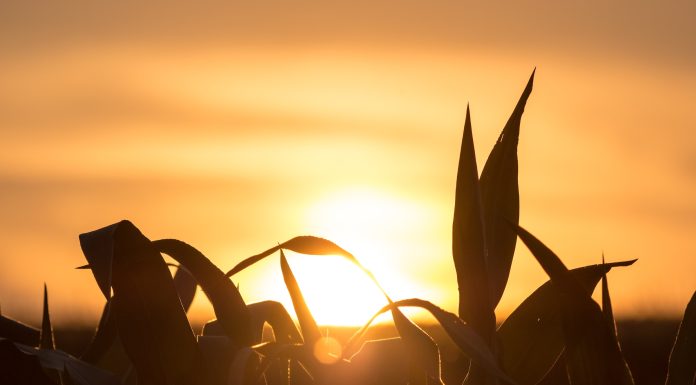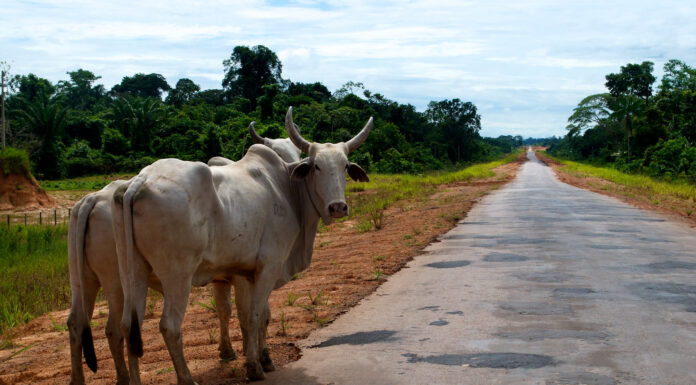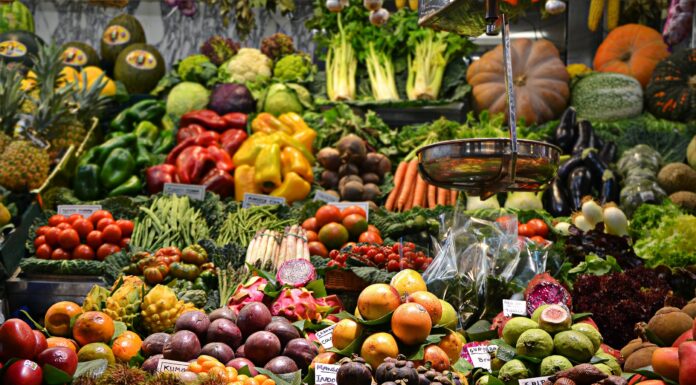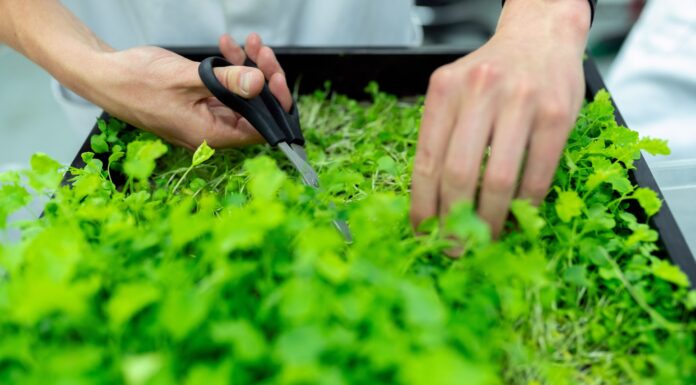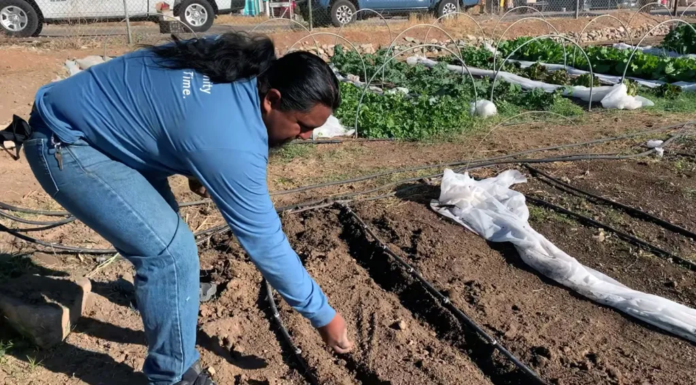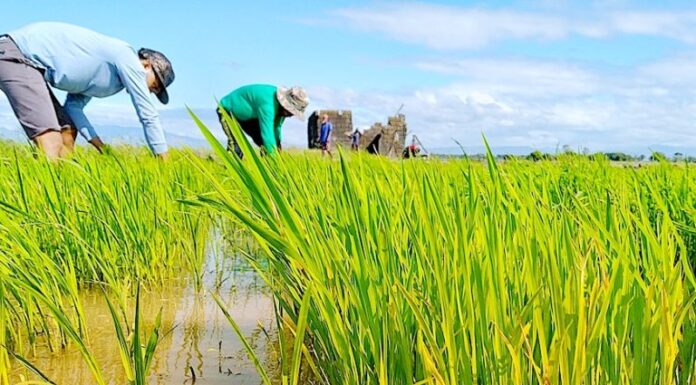Written by: Douglas Broom
The United Nations projects the world’s population will grow by over 3 billion to peak at almost 11 billion by 2100. Meanwhile, already scarce global water resources are being depleted by climate change.
Conventional agriculture already consumes roughly 70 percent...
Written by: Jeff Masters with contribution from Bob Henson
Increased drought and extreme heat adversely affecting agriculture likely pose the highest threat to civilization over the next 40 years. The greatest danger: extreme droughts supercharged by climate change, affecting multiple...
Written by: Mark Maslin
The food we consume has a massive impact on our planet. Agriculture takes up half the habitable land on Earth, destroys forests and other ecosystems and produces a quarter of the world’s greenhouse gas emissions. Meat and dairy specifically...
Written by: Giulia Wegner and Kris Murray
The world is at greater risk of infectious diseases that originate in wildlife because people are encroaching on tropical areas of wilderness to feed livestock and hunt wild animals.
Tropical deforestation and over-hunting are...
Written by: Simon Read
Scientists are becoming increasingly alarmed about humanity wrecking something very fundamental to all of us: the soil under our feet. Why? Because up to 40 percent of the land on Earth is now degraded, worsening climate change...
Written by: Victoria Masterson
Food waste is a mounting problem globally. About a third of the world’s food is wasted or lost, according to the WWF, with huge impacts for people, the planet and the economy.
More than 800 million people go to bed...
Written by: Rene Van Acker, Evan Fraser, and Lenore Newman
Globally, about one-third of all greenhouse gas emissions come from agriculture and food systems. The carbon footprint of food systems includes all the emissions from its growing, processing, transportation and waste.
Agriculture is...
Written by: Victoria Masterson
Shipping containers, underground tunnels and abandoned mine shafts are not obvious venues for growing food. Yet many such spaces are being turned into vertical farms.
So what exactly are they, and how could vertical farming change traditional...
Written by: YCC Team
As the climate warms and the threat of water scarcity grows, a Native-governed nonprofit in Arizona is working to bring back Indigenous crops that are adapted to hot, dry conditions.
The Ajo Center for Sustainable Agriculture trains Indigenous growers...
Written by: Anna Lappé
The satellite imagery is staggering: an Antarctic ice shelf roughly the size of New York City collapsing into the ocean. Its demise, captured and reported by NASA scientists in mid-March, was only the latest startling news from a...

